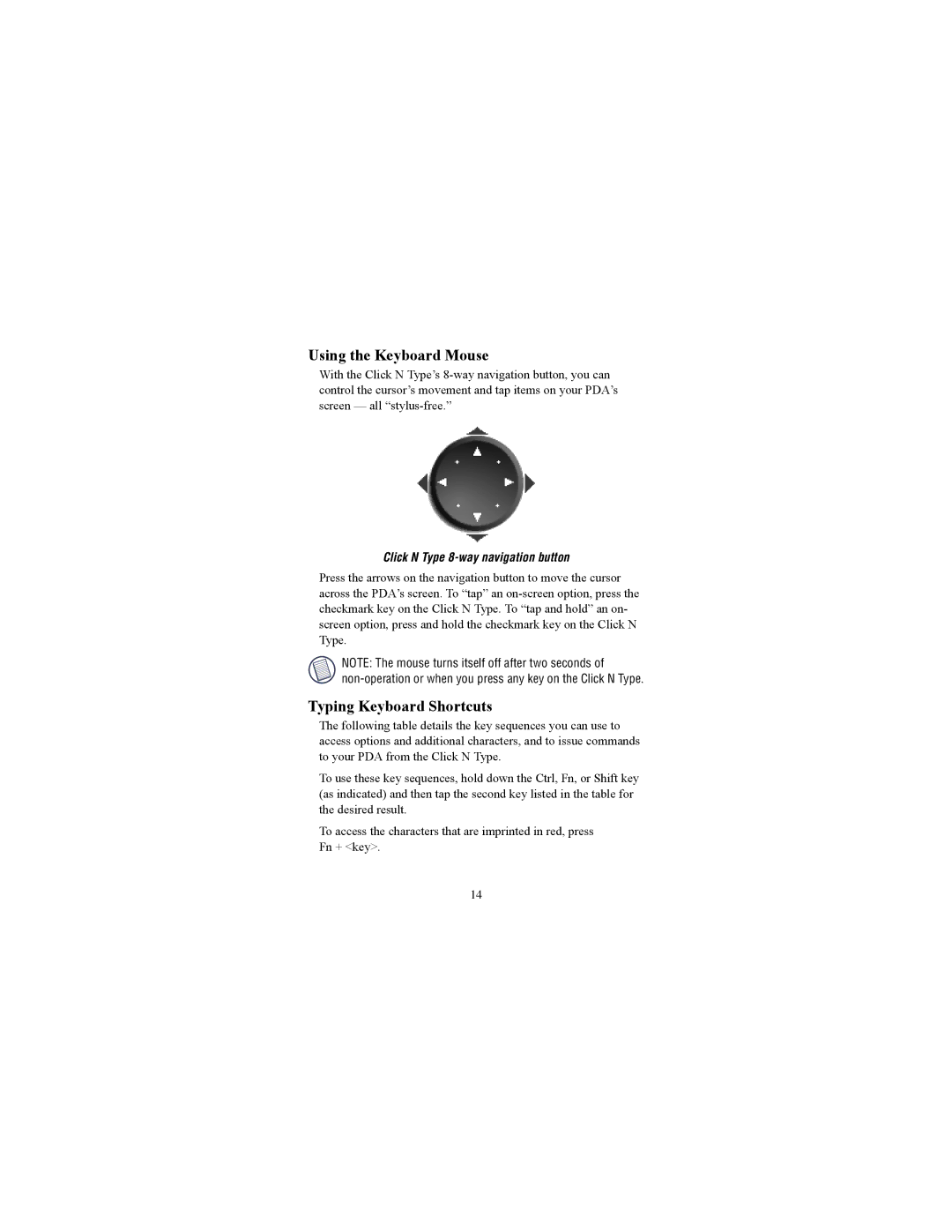iPAQ3900, iPAQ 3800 specifications
The Targus iPAQ 3800 and iPAQ 3900 series are notable handheld devices that exemplify the evolution of personal digital assistants (PDAs) in the early 2000s. Both models, developed by Hewlett-Packard, were designed to offer a blend of portability, functionality, and user-friendly technology, making them popular among tech enthusiasts and professionals alike.The iPAQ 3800 series, introduced in 2001, featured a compact and sleek design, utilizing a 240 x 320 pixel color screen that showcased graphics and text with sharp clarity. It was powered by a 206 MHz Intel StrongArm processor, which allowed for smooth operating performance and quick access to applications. With 32 MB of RAM, the device enabled users to run multiple applications simultaneously, boosting productivity on the go.
Several key features of the iPAQ 3800 included its built-in audio support, allowing users to listen to music and audio files directly from the device. Additionally, it offered expansion capabilities through its CompactFlash slot, enabling users to add memory cards or peripherals as needed. A notable connectivity feature was the option for a Bluetooth add-on, allowing for wireless connections with other devices, such as mobile phones and computers.
Transitioning to the iPAQ 3900 series, which built upon the advancements of its predecessor, this series continued to highlight cutting-edge technology. The iPAQ 3900 models were equipped with a more powerful processor and incorporated additional memory, which enhanced multitasking capabilities. The device also featured a richer display, with models offering variations in screen size and resolution to cater to different user preferences.
Both series took advantage of Microsoft’s Pocket PC operating system, providing an intuitive interface familiar to Windows users. They supported a wide range of applications, from productivity tools to multimedia software, allowing for extensive customization according to personal and professional needs. The inclusion of integrated infrared technology further facilitated document sharing and communication with other IR-enabled devices, marking an essential feature for users seeking seamless connectivity.
Overall, the Targus iPAQ 3800 and iPAQ 3900 series stood out for their advanced technological features, stylish design, and flexible functionality. They represented a pivotal moment in mobile computing, paving the way for the convergence of PDAs with smartphones in the years to come. These devices remain a nostalgic chapter in the history of handheld technology, remembered for their innovative contributions to personal and professional organization.

